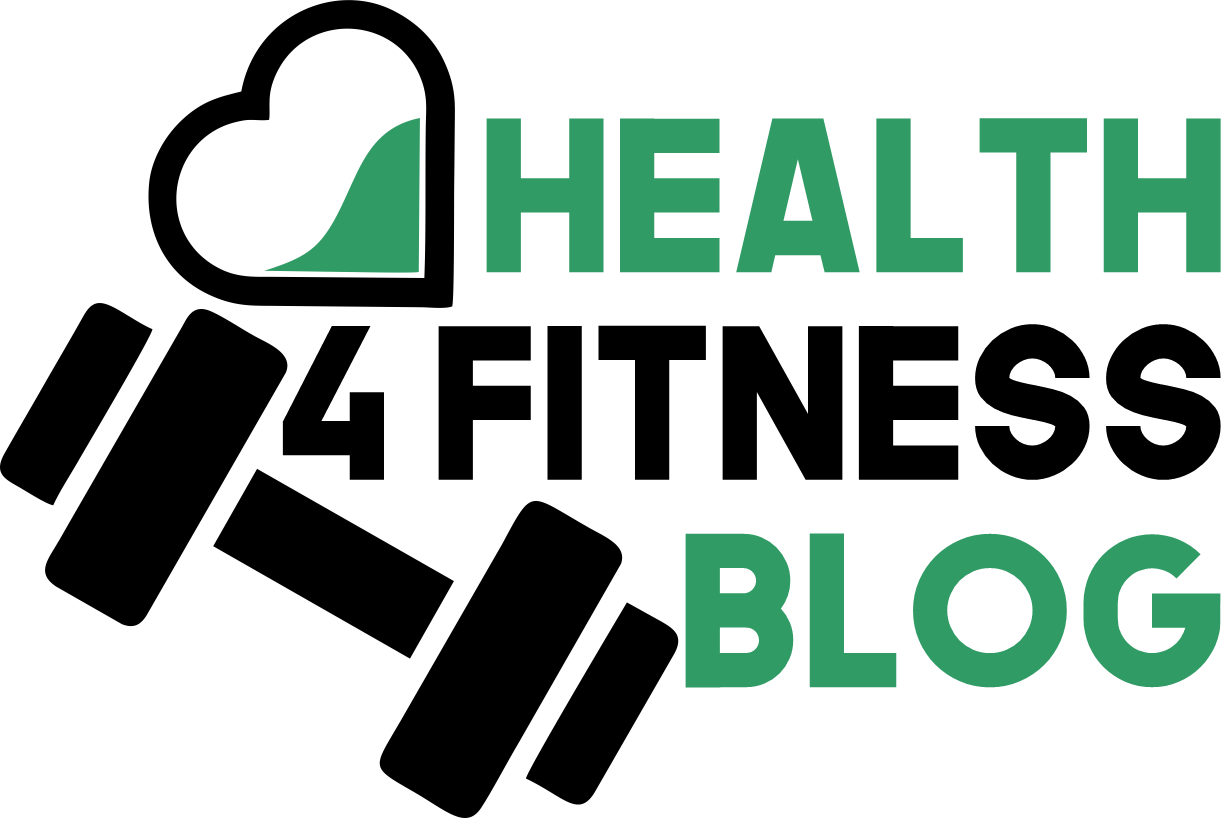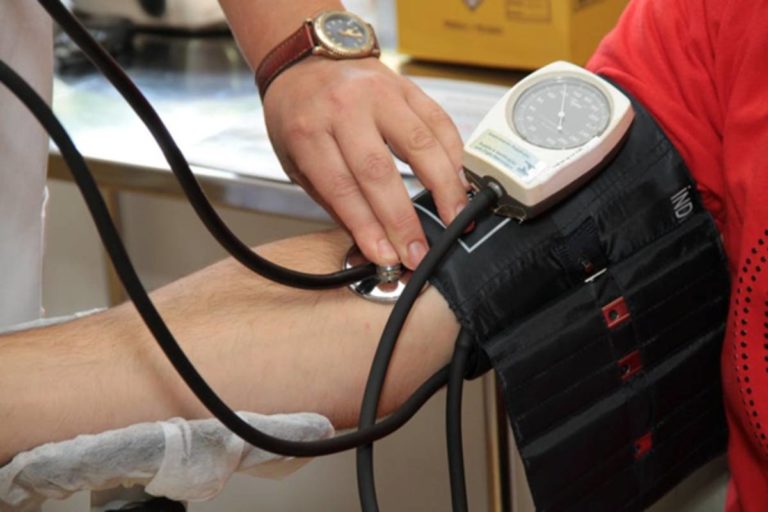It’s the time of year when we’re all looking for a bit of inspiration to get our “eat better” resolutions off to a good start. It seems like it should be easy, but there are so many distractions and temptations. But, before you know it, your day is gone and you’ve eaten more than you planned.
This article gives you 11 ways to help those “eat better” resolutions stick. With our tips and tricks like following tailored diets like a Mediterranean diet meal plan and where to find motivation or support, you’ll discover it’s a lot easier than you might think. Let’s get started.
Table of Contents
1. Make Your Resolution Small, Measurable and Realistic
It’s easy to want to make huge goals for the new year to eat better, but this is a big way to set yourself up for failure. It’s too easy to give up when you try to make a significant change in your life. Instead, consider making small changes in your diet with measurable goals. Maybe you’ll resolve to cut out sugar or drink more water, for example. If you do this, the chances are much higher that you’ll succeed.
2. Introduce One Change at a Time
It’s really tough to make multiple changes all at once. If you’re trying to eat better or healthier, for example, then perhaps your goal might be to cut out fast food or sugary drinks from your diet completely. You can reduce your intake of sugar and sodas by 50 percent if you resolve to make small changes like replacing one or two sodas a day with a glass of fizzy water instead. If you start cutting out one thing at a time, it’s much easier to stick to your goals as you’ll be forming better habits and making manageable changes. This is especially important when cutting back on sugar, as science has shown that sugar addiction is real and can have lasting behavioral and neurochemical effects.
3. Make Your Goal Public and Share It on Social Media
It can be motivating when people know about your goals and cheer you on from the sidelines. Tell everyone you know what you plan to do so that they can keep you accountable. When the people around you know about your goals, it becomes difficult for them to offer you food or drinks that you’ve resolved to cut out of your diet. It’s also a great way to find an accountability buddy on a similar journey. Then, you can connect and keep each other motivated, which means a higher chance of succeeding.
4. Try Something New
If you’ve “been there, tried that” with a specific diet, it might be time to try something new. For example, you might think about swapping out keto for the Mediterranean diet. While they have a few things in common, the Mediterranean diet is quickly gaining in popularity because it is less restrictive, emphasizing whole foods, with plant foods comprising the base of the diet. In addition to promoting healthy weight loss, you can also get help with meal prep by using a Mediterranean meal delivery service to ensure you have the food on hand you need to stay on track.

5. Get Enough Sleep
It’s tough to stick to a diet if you’re exhausted, so make sure you get enough sleep. According to the Sleep Foundation, as an adult, you need seven or eight hours of sleep at night for your body to recover from the day and feel energized the following day. Studies have found that people who don’t get enough sleep eat more junk food, so it’s much harder to avoid the temptation from the vending machine when you’re tired.
6. Stop Using Food as a Reward or Comfort
Do you ever reward yourself with a candy bar or bag of chips after a rough day at work? Or maybe you soothe yourself with a cupcake after trying on clothes at the mall that just didn’t fit? So it’s all too easy to turn to food for comfort. This is a great time to cut off the supply and be rid of this bad habit. But when you stop using food as a reward or a coping mechanism, it will be easier to stick with your resolutions.
7. Take Care of Your Stress Levels
When you’re stressed out, it’s harder to resist temptations. If you resolve to take care of your stress levels in the new year, it will be much easier to stick with your resolutions. The key is finding out what works for you. It’ll be an afternoon walk after lunch for some of us while others will enjoy a hard run. For the next person, they might benefit from a warm bath in the evening with some Epsom salts and essential oils. In contrast, another person will unwind after a few rounds of sudoku on their phone. Whatever your personal relaxation jam is, find it and give yourself permission to indulge so you can melt away your stress and deal with cravings and temptations appropriately.
8. Eat Foods That Your Body Likes
Just because something tastes delicious doesn’t mean it’s necessarily great for our bodies. Studies show that millions of Americans deal with digestive diseases and complications yearly. Often, this is due to the kind of food being consumed. If you regularly suffer gastrointestinal discomfort or chronic issues like irritable bowel syndrome (IBS), it may be time to look at what’s in your fridge and cupboards a little more carefully and start removing certain foods from your diet. For example, many people have found success by following prescribed diets like the low-FODMAP meal plan, which brings about better digestive health through elimination and reintroduction.

9. Hide Tempting Foods from Sight
You can make your resolutions stick if you keep temptation out of sight and out of mind – literally! This is especially good if you have a family and need to keep certain treats and snacks around for other members but want to remove the temptation for yourself. For example, move the kids’ lunch treats into a drawer where you’ll forget about them. Or keep the movie night chips and popcorn in a closet or cupboard you don’t go into all that much. Sure, you’ll still know they’re there. But not having them in plain sight or within arm’s reach whenever you get a craving will drastically lower the chances that you’ll chow down.
10. Don’t Give Up Yet!
It might take a little while to stick to your resolutions until they’re automatic habits, but don’t give up too quickly. It’s important not to get frustrated but to calmly reflect on what you could do differently. It’s also important to focus on your successes. A great way to do this is to keep a food journal. This way, you can measure any setbacks against all the progress you’ve made and really put it into perspective.
11. Make Sure You’re Having Fun!
If the changes you’re making are just too tedious or difficult, it can be tough to stick with them long-term. Instead, try making your resolutions easier, more realistic, and more fun. Instead of cutting out sugar entirely, make plans to try some new juice recipes every week instead. Or transition to cooking dinner with your partner or the kids a few times a week so everyone can learn about healthier choices as a group. Get creative, keep it lighthearted and take it one day at a time.
Have you made any “eat better” New Year’s resolutions? What are your favorite ways to stick with them? Share in the comments!








